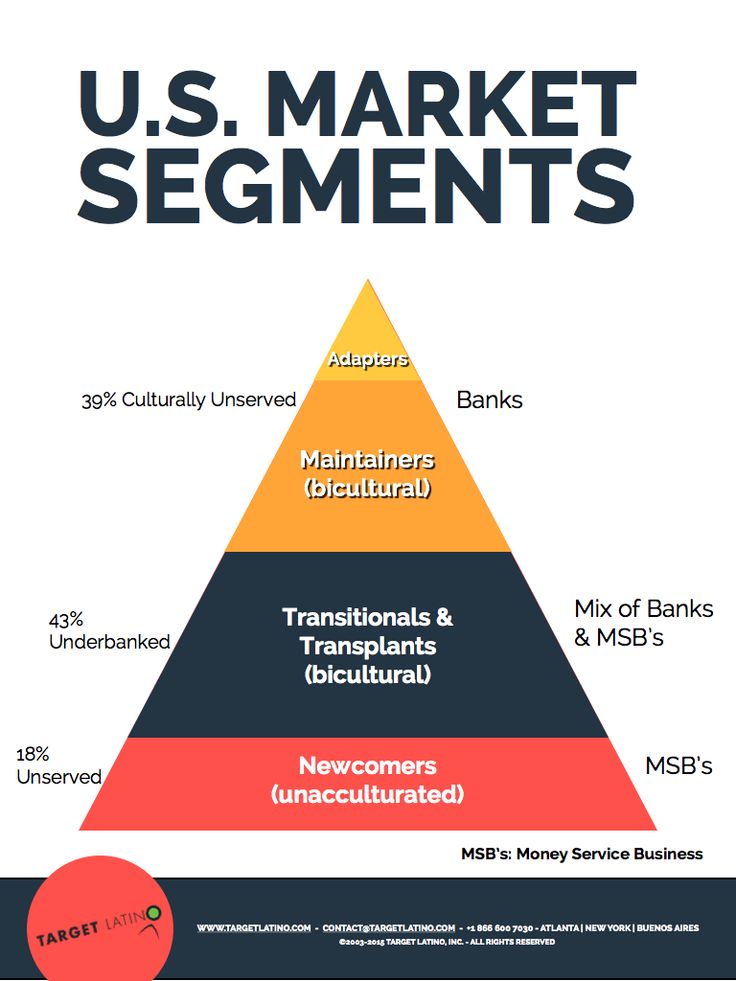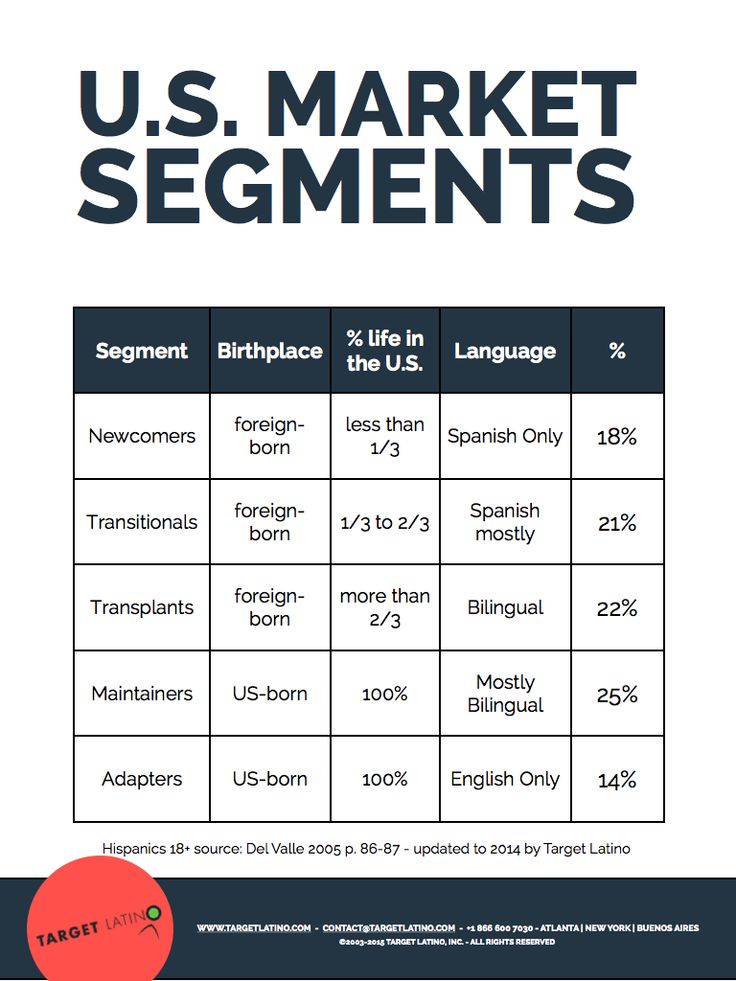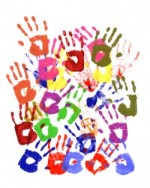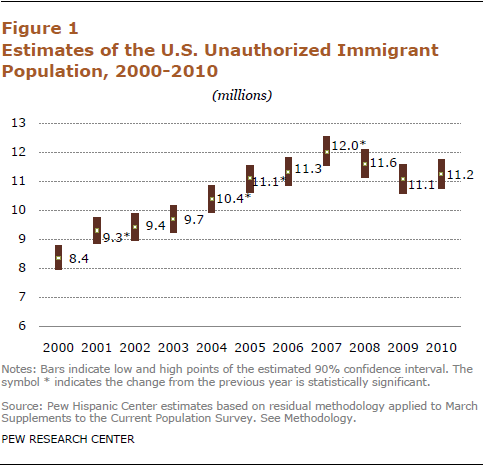Culture Code for Money: The Insider’s Guide
Hispanics represent over $1 trillion in household disposable income. It’s time to understand their culture code for Money. This article covers: the definition of culture codes and biculturalism; the code for money for American, Latin American and Hispanic American markets, its affect on marketing to financial and banking industry products; and a suggested segmentation of the U.S. Hispanic market for this particular industry.
Besides their sheer numbers and outstanding growth, the Hispanics’ over $1 trillion in household disposable income make them extremely appealing to Financial institutions. 14.5% of U.S. Hispanics can be considered affluent with incomes over $75,000. Still, many may perceive Hispanics to be mainly lower income even though approximately one in five Hispanics live in poverty. Hispanics bear noticeable differences from their non‐Hispanic white counterparts for financial products preferences. Further, Hispanic Americans lag behind with regard to breadth and depth of financial assets, particularly riskier but usually higher return asset classes. By the same token, the preferences for different financial products and services vary for Hispanic Americans based on their income level, education, country of origin, and number of years that they or their families have been in the U.S.
It’s time to understand their culture code for Money.
What is a Culture Code?
A culture code is the representation of our cultural understanding of a physical or abstract object. A full set of culture codes form the cultural unconscious, which is hidden from our own understanding, but is seen in our actions.
These culture codes or mental structures are formed at an early age and these strong imprints placed in people’s subconscious are determined by the culture in which they are raised. This is why people from different cultures have such different reactions to the same things.
American Culture Code for Money
First, let’s cover the definition of the culture code for money.
Dr. Clotaire Rapaille, the renowned anthropologist states that “the notion that we “come from nothing” pervades America. In a sense, we have the poorest rich people in the world, because even those who accumulate huge sums of money think like poor people. They continue to work hard, they continue to focus on cash flow and expenses, and they continue to struggle to earn more.”
But thinking of Americans as worried only about money is a misconception. To Americans money isn’t a goal in and of itself. It symbolizes a measure of how far they’ve come and how much was achieved. Money show us who the big winners are, therefore, the American Culture Code for money is PROOF.
Hispanic Culture Code for Money
Hispanics are risk averse. This changes with new generations being born in the U.S. You don’t talk about money and the risks associated with financial instruments and unstable economies.
Let’s examine the Latino culture in Latin America, where money is not proof of achievements or self-worth but a taboo. In Latin America, just like in Europe, there’s very little movement between economic classes. The children of professionals become professionals, the children of business owners become business owners and, for the most part, people stay within their class. Therefore money stops being proof to become something unpleasant you do not speak about.
In the United States speaking about money does not carry the same negative connotation than in Latin America, where doing so (speaking about money) in front of others or with others of same, higher or lower means is considered vulgar.
There is a also belief in Latin American culture that you can strike it rich with a fabulous (and easy to implement) idea. This notion is very much in line with the Hispanic fatalistic outlook in life where the belief is that things are predestined to be or to happen. The idea being that no matter what my origin or inherited resources, one can achieve financial success, not by hard work but by serendipitous means.
Therefore, the Latino culture code for money is LUCK. You got lucky to have been born into money, or lucky to have struck gold. Maybe you got lucky because you married somebody with money.
Among Latinos, the culturally accepted way to indicate wealth and material success is by owning the latest technology, wearing the latest fashion (designer, of course) or a high end luxury car. These are all symbols that enable people to demonstrate their wealth without having to talk about it. This is the exact opposite to the U.S. culture, where comfort rules and people wear what they prefer without worrying about being judged as successful or not for it.
US-born Hispanics Culture Code for Money
Let’s analyze the impact of both culture codes on U.S.-born Hispanics and highly acculturated ones. We will notice a dichotomy of thought that is accentuated the more the Latin and American culture codes are incorporated into their acculturation and enculturation process.
This process does not mean switching one cultural more for another. Changing mores would imply a process of assimilation whereas adopting and incorporating a new more implies a process of acculturation. What takes place inside of the bicultural persons’ brain is cultural frame-switching (CFS.) Cultural values switch, one taking prevalence over the other at different times to evaluate a message or situation. As a bicultural person, one can feel more comfortable speaking about money while looking at the situation from one’s culture perspective or feel less comfortable when perceiving and interpreting through the other culture, all thanks to cultural frame-switching.
The concept of cultural frame switching (CFS) or double consciousness was made popular by W.E.B Du Bois and focuses on how an individual switches between cultural frames of reference in response to a stimuli or to their environment.
“Individuals who integrate two cultures into their identity often attach cultural meaning systems to a framework that can be elicited by the language, icons, or stereotypes of that culture. Bilingual biculturals, when primed for a framework, may switch compatibly or incompatibly with the cultural frame elicited.” — Cultural frame switching and cognitive performance by Miriam Walsh, Ed.S., California Sate University, Fresno, 2011, 104 pages; 3458356
A good way to measure acculturation level for Latinos is how comfortable they become about speaking about money and less comfortably about sex.
American Hispanic Market Segments for the Financial Industry
While understanding the culture code for money pertaining to any culture is key for the marketing of any product and service, this need becomes heightened when we talk about the Financial and Banking industry.
We have identified 5 Hispanic market segments for Hispanics over 18 years of age who reside in the United States and are bicultural. It is important to highlight that biculturalism does not go hand in hand with bilingualism. Different strategies may have to be developed for these segments and for specific financial products or services these segments may have to be merged or split even further.
“Although the terms “bicultural” and “bilingual” are often seen together in the same text, there is very little work that attempts to encompass them into one reality, bicultural bilinguals. This paper takes up a number of themes that pertain to bicultural bilinguals, most notably how they are described in the literature, how they become both bilingual and bicultural, and how their languages and cultures wax and wane over time. Other aspects discussed are their linguistic and cultural behaviour as bicultural bilinguals, how they identify themselves both linguistically and culturally, as well as their personality as bicultural bilinguals. An effort is made whenever possible to bridge the gap between the two components that make up bicultural bilinguals – the linguistic and the cultural – and to show how the questions that interest linguists when studying bilinguals can be taken up and adapted by researchers examining cultural issues, and vice versa.” — François Grosjean, Université de Neuchâtel, Avenue du Premier-Mars 26, 2000 Neuchâtel, Switzerland.
These segments range from low-income Hispanics who can only access second-chance lending mortgages, prepaid or debit cards and basic savings accounts to high-income Hispanic Americans interested in more complex investments, mortgages and home equity loans.
In addition, language becomes a key factor in communicating and engaging with each segment. A large number of Hispanics prefer to do business in English, particularly since the Spanish version of most financial literature existent in the U.S. misses out on detail and key disclosures that directly affect the financial transaction. Some companies make the horrible mistake of sending translated information to prospects and/or customers based only on whether their last name seems to be “Hispanic-like.”
To give you an idea of how attractive this market is, we think it’s worth mentioning the Underserved market. The “underserved” market represents more than 88 million individuals and nearly $1.3 trillion in wages.
It is important to highlight that biculturalism does not go hand in hand with bilingualism. Different strategies may have to be developed for the segments presented and, for specific financial products or services, these segments may have to be merged or split even further.
More about Hispanic Market Segmentation
————————————————
Target Latino has studied the U.S. Hispanic population, the Latin American and U.S. non-Hispanic, their online and offline behavior, for over 30 years, even before the Hispanic market was first “discovered.” As a result, we’ve developed proprietary methodologies that enable us to identify and segment Hispanics, online or offline, by age, gender, country and region of origin. We specialize in the identification of culture codes for the Hispanic market.
Cultural Insights & Cultural Differences






















